Thinking about using an AI chatbot for your business but not sure if it’s worth the cost?
In this post, we break down what you’re really paying for, how much value you can expect, and which chatbots are actually worth your time and money. By the end, you’ll know exactly how to choose the right AI for your needs and how to make sure it pays off and How to get the best cost analysis from chatbots AIs
Table of Contents
Author: shadab Date: 7/10/2025
Cost Benefit Analysis
Cost benefit analysis might sound a bit technical, but really, it’s just about figuring out if something’s worth it. You look at what it’s going to cost you money, time, effort and then compare that to what you’ll get out of it. Pretty simple, right? People use it all the time without even realizing. Like, if you’re thinking about buying a new phone, you probably think, “Is it worth the price? Will it last? Does it do what I need?” Same thing with tools like chatbots or AI. Before jumping in, it helps to step back and ask: what am I actually paying for, and what kind of value will it give me? Some things are easy to measure, like subscription fees or setup costs. Others, like saving time or making life easier for your customers, are a bit trickier to pin down but still super important. In this blog, we’ll break all of this down in a simple way so you can make smart choices without getting lost in complicated stuff.
💡 Quick Tip: When in doubt, just ask yourself: “Is this helping me more than it’s costing me?” That simple question is the heart of cost-benefit thinking
Full Cost Breakdown
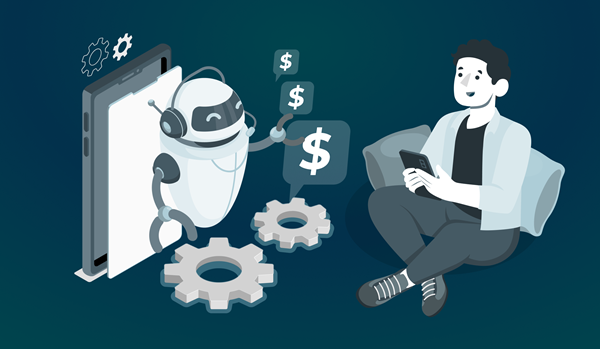
Alright, so let’s talk about what you’re actually paying for when you bring a chatbot or AI tool into your setup. It’s not just the monthly price tag you see on their website. There’s usually more under the surface. First, yeah, you’ve got the obvious stuff like the subscription or license fees. But then there’s setup time, training (either for you or your team), and maybe even some help from a developer if it needs to be customized. Sometimes you’ll need extra tools or plugins to make it all run smoothly, and those can add up too. And don’t forget ongoing maintenance tech doesn’t just run perfectly forever, unfortunately. If something breaks or needs an update, that’s time and maybe money. Oh, and if you’re replacing a person with a bot, you should also think about the impact that might have positive or negative. The point is, when you look at the full cost, try to look beyond just the basic fee. Take a step back and think, “What is this really going to cost me over time?” It doesn’t have to be super detailed, but having a rough idea helps you avoid surprises later.
💡 Note: Always look beyond the monthly fee—setup time, maintenance, and third-party tools can quietly eat into your budget.
Calculating Savings & ROI
Once you’ve figured out the full cost, the next step is seeing what you’re getting back—basically, your return on investment (or ROI). It sounds like a big business term, but all it really means is: “Is this thing paying off?” With chatbots and AI, the savings often show up in places like time saved, fewer mistakes, and faster customer responses. For example, if a bot can handle 500 customer questions a day that used to take a human hours, that’s a pretty clear win. Or maybe it frees you up so you can focus on other parts of your business. Even small improvements can add up over time. You can also look at how many sales or leads the chatbot helps bring in, or how it improves customer satisfaction (happy customers tend to come back). Just try to connect those results to actual numbers when you can—like hours saved per week, or extra revenue brought in. It doesn’t need to be perfect math, just enough to give you a real sense of the value. If the benefits clearly outweigh what you’re spending, that’s a solid return—and a sign the chatbot’s doing its job.
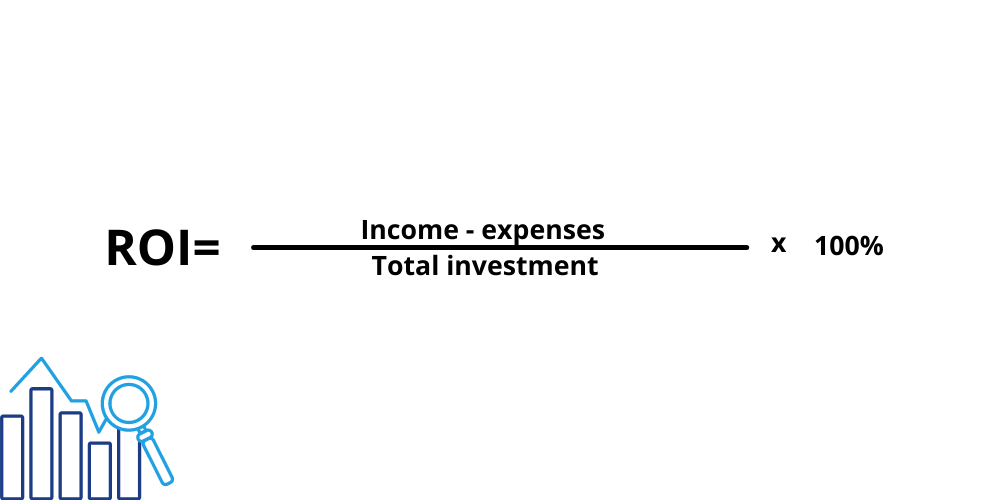
ROI calculator: https://www.calculator.net/roi-calculator.html
💡 Quick Tip: If you can tie chatbot use to real savings (like fewer support hours), your ROI becomes much clearer and easier to explain to others.
Hidden Fees to Watch out for
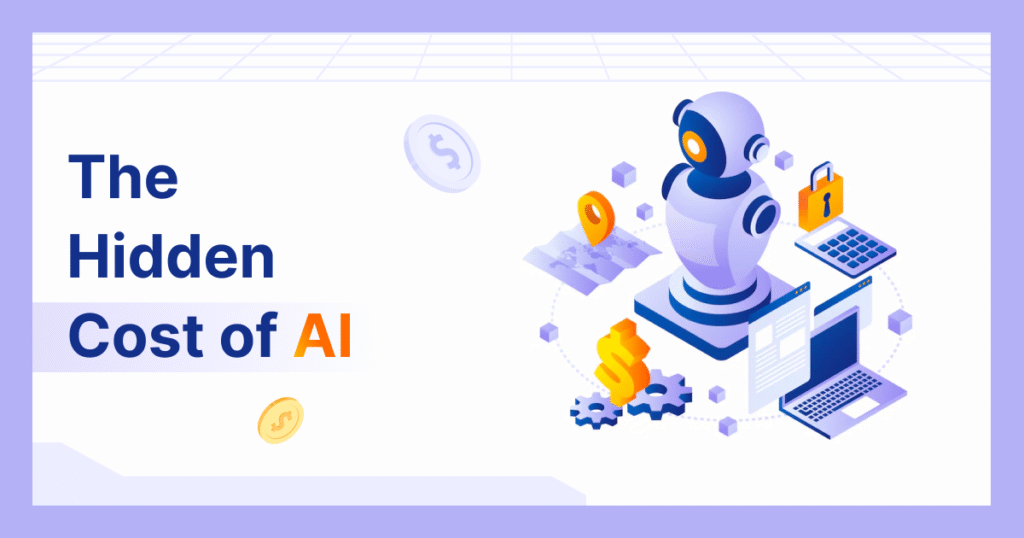
Here’s the thing about chatbots and AI tools: sometimes the real costs sneak in after you’ve already signed up. It’s not always shady, but you’ve got to keep your eyes open. A lot of platforms show you a nice, clean price up front—but then you find out that certain features cost extra. Maybe you only get basic responses on the free plan, and anything smarter needs an upgrade. Or maybe the number of conversations or users is limited, and you get hit with overage charges if you go past that. Some tools charge more for integrations too—like if you want the bot to connect with your email service, your CRM, or your website. And don’t forget the cost of fixing things. If something breaks and you need a developer or support, that can cost time or money too. Basically, always check what’s included and what isn’t. Look for words like “starting at” or “advanced features” on pricing pages—they’re usually little red flags. Being aware of these things early helps you avoid surprises down the road, and makes sure your cost-benefit math stays accurate. No one likes hidden fees, so it’s better to ask questions upfront.
⚠️ Heads-Up: Watch for “premium features” that aren’t included in the base plan—those small add-ons can pile up fast.
Maximizing ROI & LLM Optimization
So, you’ve got your chatbot or AI set up—now how do you get the most out of it? That’s where maximizing ROI (return on investment) comes in. You’re already spending time and money on it, so let’s make sure it’s really pulling its weight. Start by checking how well it’s actually doing what you wanted it to do. Is it answering questions correctly? Saving you time? Helping customers faster? If not, there might be room to tweak things. This is where LLMs (large language models) come into play—basically, the brains behind most smart chatbots. A well-optimized LLM can make your bot way more helpful and natural-sounding, which usually leads to better results. You might need to feed it better prompts, train it on your business info, or adjust how it responds. Some tools let you do this easily, while others might need a bit of outside help. Either way, small improvements can lead to big gains. Think of it like tuning up a car—it already runs, but now it runs smoother, faster, and more efficiently. The better your chatbot performs, the more value you’re getting for every dollar spent. And that’s the sweet spot: high value, low stress.
💡 Tip: Tweaking your prompts and training your chatbot with real examples from your business can seriously boost performance without extra cost.
Measuring Accuracy & Containment Rate
When you’re trying to figure out if your chatbot is actually doing a good job, accuracy and containment rate are two things worth looking at. Accuracy is pretty much what it sounds like—how often the bot gives the right answers. If people are constantly getting confused or asking the same thing twice, that’s a red flag. On the flip side, if most users are getting what they need without needing to talk to a real person, that’s a win. That’s where containment rate comes in. It basically means how often the chatbot can handle a full conversation without needing to pass it off to a human. Higher containment usually means your bot is well-trained and actually useful. But it’s not about chasing perfect scores—sometimes handing off to a human is the smart move. What you want is a good balance: helpful, accurate answers most of the time, and smooth handovers when things get tricky. A simple way to measure all this is to look at chat logs or use built-in reports (a lot of platforms have them). You don’t need to overanalyze—just keep an eye out for patterns. If people are getting stuck, your bot’s not helping, and that means it’s time to make some tweaks
🛠️ Pro Tip: Check chat logs weekly—look for repeated questions or user drop-offs to spot where your chatbot might be struggling.
Platform Comparison (Free, Paid, Advanced)
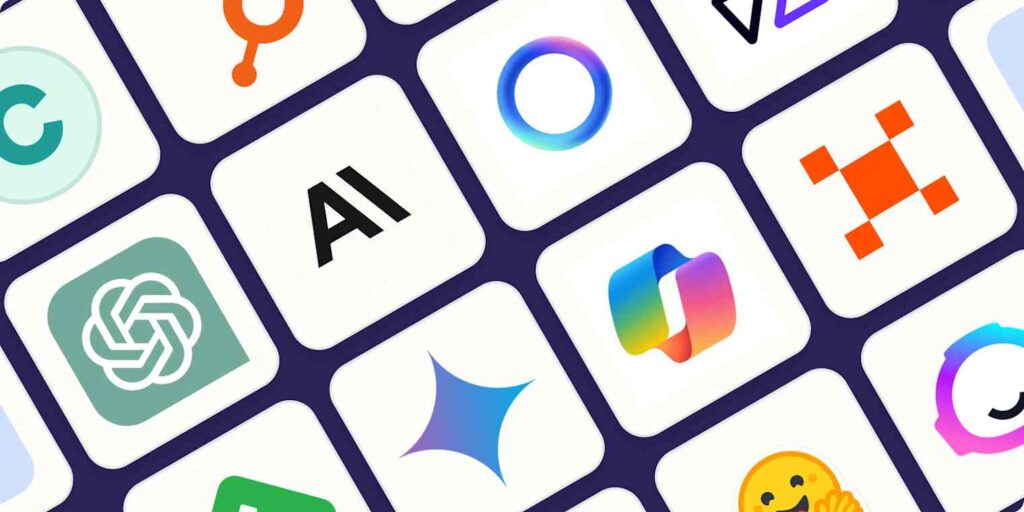
When it comes to choosing a chatbot or AI platform, there’s a pretty wide range out there—some totally free, some with monthly plans, and others that are way more advanced (and expensive). Free tools can actually be pretty decent if you’re just starting out or testing the waters. They usually cover the basics—simple answers, maybe some automation—but there’s often a catch. You might hit limits on how many chats you can have, or find that certain features are locked behind a paywall. Paid platforms usually open things up with more customization, better support, and stronger integrations with other tools you’re using—like email, calendars, or CRMs. Then there’s the advanced stuff, which often includes access to big LLMs (like GPT-based bots), smart training options, analytics, and more human-like conversations. But those can get pricey, fast. The key is to match the platform to your actual needs. If you’re running a small business or a solo project, you might not need all the bells and whistles. But if you’ve got a growing customer base or complex needs, it might be worth investing in something more powerful. Try not to get distracted by flashy features—just focus on what actually solves your problems.
📌 Note: Start with free if you’re unsure—but switch to paid if you’re hitting limits or need more control over the chatbot’s behavior.
Estimating Usage-Based API Costs
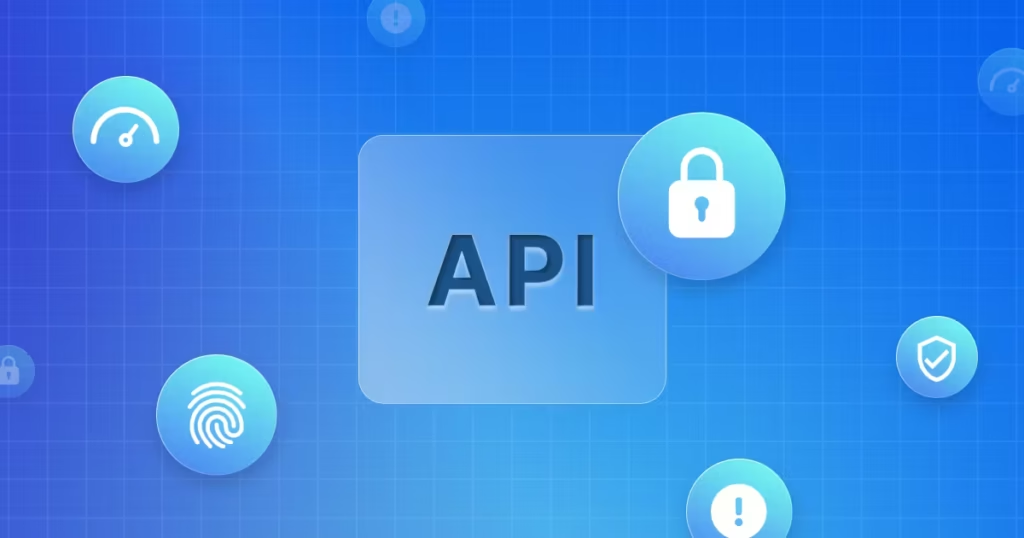
Usage-based API pricing can be a bit tricky at first, especially if you’re not used to thinking in tokens, characters, or requests. But the idea is pretty simple: you pay based on how much your chatbot or AI tool actually gets used. So instead of a flat monthly fee, you’re charged per message, request, or data processed. That sounds fair, but it can sneak up on you if you’re not paying attention. For example, if you’re using an AI chatbot powered by something like GPT, every time a user sends a message and the bot replies, that counts as usage—and those tokens add up. It might cost fractions of a cent per message, but with enough users or long conversations, it can grow fast. The best way to estimate these costs is to look at your traffic. How many users do you expect? How many messages per session? Multiply that by the token cost, and you’ll get a rough idea. Some platforms give calculators or sample pricing, which helps a lot. If you’re still unsure, start small and monitor it closely. The goal is to keep the tool helpful without letting the meter run wild in the background. Awareness is everything with API costs.
💰 Tip: If you’re using a token-based plan, shorter answers and more targeted prompts can save you money without losing quality.
Most Advanced AI Chatbots in 2025
ChatGPT (OpenAI)
Model: GPT-4-turbo
Strengths: General-purpose, strong at writing, coding, reasoning, and creativity. Supports image input, files, memory, and custom instructions.
Pricing:
Free: Access to GPT-3.5 only.
ChatGPT Plus ($20/month): Access to GPT-4-turbo.
Team Plan ($25/user/month): Shared workspace, higher limits.
Enterprise: Custom pricing with advanced admin features.
Notes: GPT-4-turbo is faster and cheaper than GPT-4, with longer context windows (128K tokens). Most mature offering overall.
Chatgpt: https://chatgpt.com/
Claude (Anthropic)
Model: Claude 3 Family — Opus (premium), Sonnet (default), Haiku (fast/lightweight)
Strengths: Extremely strong in long context (200K tokens), careful reasoning, and structured replies. Known for outperforming GPT-4 in certain benchmarks.
Pricing:
Free: Claude 3 Sonnet via claude.ai.
Claude Pro ($20/month): Unlocks Opus with priority access.
Notes: Claude 3 Opus is highly regarded for thoughtful, safer responses. Haiku is one of the fastest small models on the market.
Claude: https://claude.ai/
Gemini (Google)
Model: Gemini 1.5 Pro multimodal
Strengths: Deep integration with Google Workspace (Docs, Gmail, etc.), long context (1M tokens), great for productivity and research.
Pricing:
Free: Gemini 1.0 Pro.
Gemini Advanced ($19.99/month): Includes 1.5 Pro, priority features.
Notes: Gemini has improved significantly; it’s now a serious contender for work use, though less flexible than ChatGPT.
Gemini: https://gemini.google.com/
Copilot (Microsoft)
Model: GPT-4-turbo (via OpenAI partnership)
Strengths: Built directly into Microsoft products (Windows, Word, Excel, Teams). Great for document generation, data wrangling, and enterprise work.
Pricing:
Free: Basic Copilot with limited GPT-4.
Copilot Pro ($20/month): Unlocks GPT-4-turbo and Office integrations.
Enterprise Plan ($30/user/month): With Microsoft 365 E3/E5 licenses.
Notes: Best if you’re already in the Microsoft ecosystem. Great for work tasks.
Copilot: https://copilot.microsoft.com/
Pi (Inflection AI)
Model: Inflection-2.5
Strengths: Emotionally intelligent, supportive conversations, mental health-style chat. Focus is more on relationship-building than technical help.
Pricing: Still free (no Pro tier yet).
Notes: Inflection is pivoting to enterprise after major investment; uncertain future for Pi’s free version.
PI: https://pi.ai/
YouChat (You.com)
Model Access: GPT-4, Claude 3, and proprietary models
Strengths: Web search + AI hybrid; great for real-time data with citations. Useful for research and academic queries.
Pricing:
Free: Limited queries/day.
YouPro ($15/month): Unlimited use, faster access to premium models.
Notes: Pricing recently increased; still a solid choice for users who need both AI and fresh web data.
Youchat: https://you.com/
Perplexity AI
Model Access: GPT-4, Claude 3, Mistral, and others.
Strengths: Research-oriented, always cites sources, strong summarization and exploration tools.
Pricing:
Free: Basic search, limited GPT-3.5.
Pro ($20/month): Unlimited GPT-4-turbo and Claude 3 Opus, file uploads, custom copilots.
Notes: One of the best free tools for serious research. Fast-growing user base.
Perplexity AI: https://www.perplexity.ai/
Jasper Chat
Model Access: GPT-4, claude, and proprietary models
Strengths: Designed for marketers, teams, and content creators. Comes with templates for ads, emails, blogs, SEO.
Pricing:
Starts at $49/month
Notes: Recently increased pricing. Great if you’re focused purely on branded content generation.
Jasper Chat: https://www.jasper.ai/
Writesonic (Chatsonic)
Model: GPT-4-turbo + real-time internet access via Google
Strengths: Combines AI with current events, has voice commands and image generation.
Pricing:
Free: GPT-3.5 access.
Paid: Starts at $16/month.
Notes: Good for SEO and real-time blog/article generation. Price recently dropped.
Writesonic: https://writesonic.com/chat
Replika
Model: Custom LLaMA-based models
Strengths: Social AI focused on companionship, emotional support, and roleplay. Not built for factual tasks or research.
Pricing:
Free: Basic chatbot.
Pro: $19.99/month (access to romantic features, voice/video).
Notes: Strong niche appeal. Some users treat it as a digital partner.
Replika: https://replika.com/
🔍 Quick Note: The “best” chatbot depends on what you need—don’t just chase the most powerful one, choose the one that fits your actual workflow.
I hope that you enjoyed the ride and now know which chatbot to use and How to get the best cost analysis from chatbots AIs
If you liked this post also check out our great previous post : https://newtechzoom.com/https-newtechzoom-com-what-is-ai/
to get more posts like this explore our website
What is cost-benefit analysis in chatbots?
It’s a way to see if your chatbot is saving you more than it’s costing you as simple as that.
Are paid chatbots always better than free ones?
Not always. Paid bots offer more power, but free ones are perfect if your needs are basic.
How do I know if my chatbot is saving me money?
Track time saved, tasks automated, and support tickets reduced those add up fast.
How do I calculate ROI from a chatbot?
Use this: (Profit from chatbot − Cost) ÷ Cost × 100 if the number’s high, you’re doing it right.
Do all AI platforms charge by usage?
Most do especially APIs. You’re usually paying per message, token, or user session.
how to get the best cost analysis from chatbots ais
To get the best cost analysis from AI chatbots, compare total costs with actual benefits like time saved, support reduced, and ROI gained over time.
